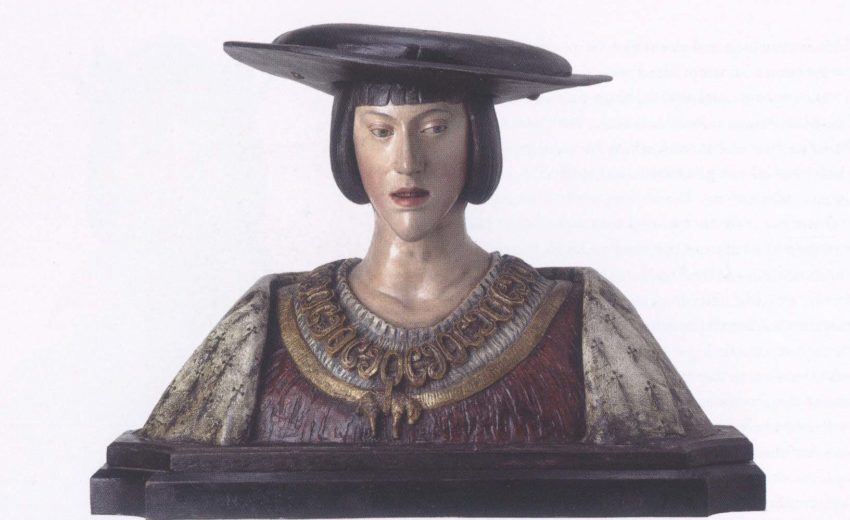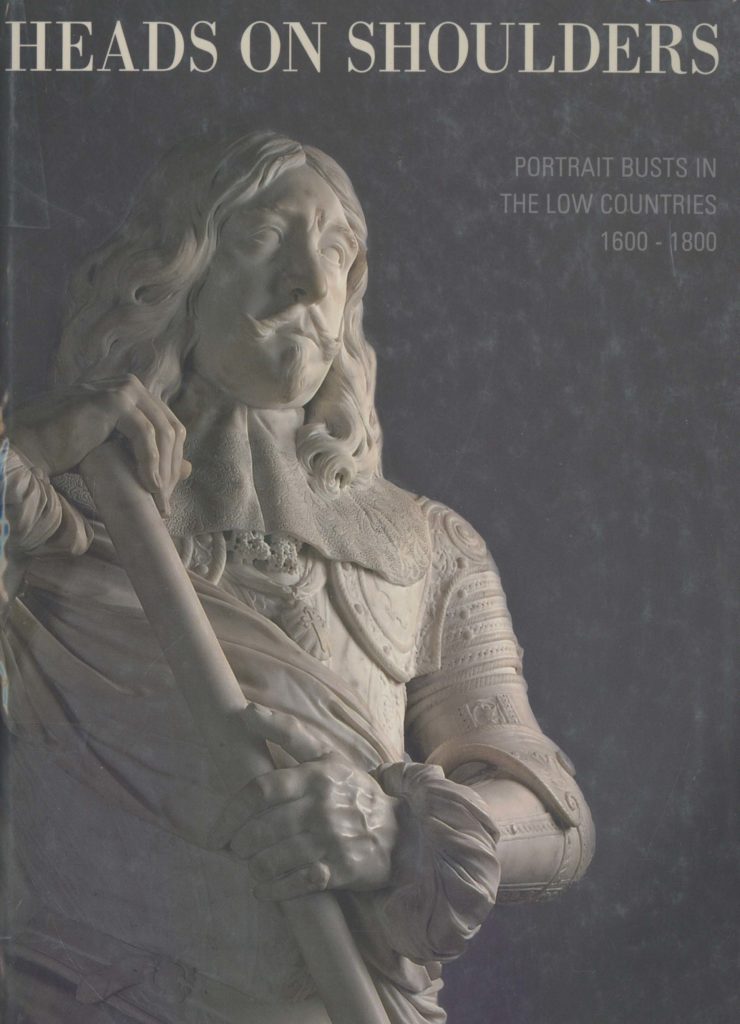
Herremans, Heads on Shoulders
For centuries, political dignitaries, scholars, and the nobility were the ones who usually had their portraits carved in stone. By the end of the eighteenth century, however, famous actresses were also considered worthy of having their likenesses made in marble, and sculptors began to make self-portraits. In the seventeenth and eighteenth centuries, portrait busts from life were a common enough phenomenon, but so were ‘model busts’ depicting mythological figures, philosophers, writers, emperors, and famous sculptures from classical antiquity. Artists like Artus 1 Quellinus, Lucas Faydherbe, and François Duquesnoy – who could depict all of these with masterful realism – enjoyed international fame during their lifetime.
Paintings, engravings, and drawings by Peter Paul Rubens and other masters shed light on the function and meaning of portrait busts in the early modern period. The exhibition is the result of cooperation between the Koninklijk Museum voor Schone Künsten in Antwerp and the Vlaamse Kunstcollectie, a structural partnership between the Groeninge Museum in Bruges, the Museum voor Schone Künsten in Ghent, and the Koninklijk Museum voor Schone Künsten in Antwerp.
Download
Herremans_Heads on Shoulders.pdf
Herremans_Heads on Shoulders.txt
Herremans_Heads on Shoulders.html
Herremans_Heads on Shoulders.jpg
Herremans_Heads on Shoulders.zip



